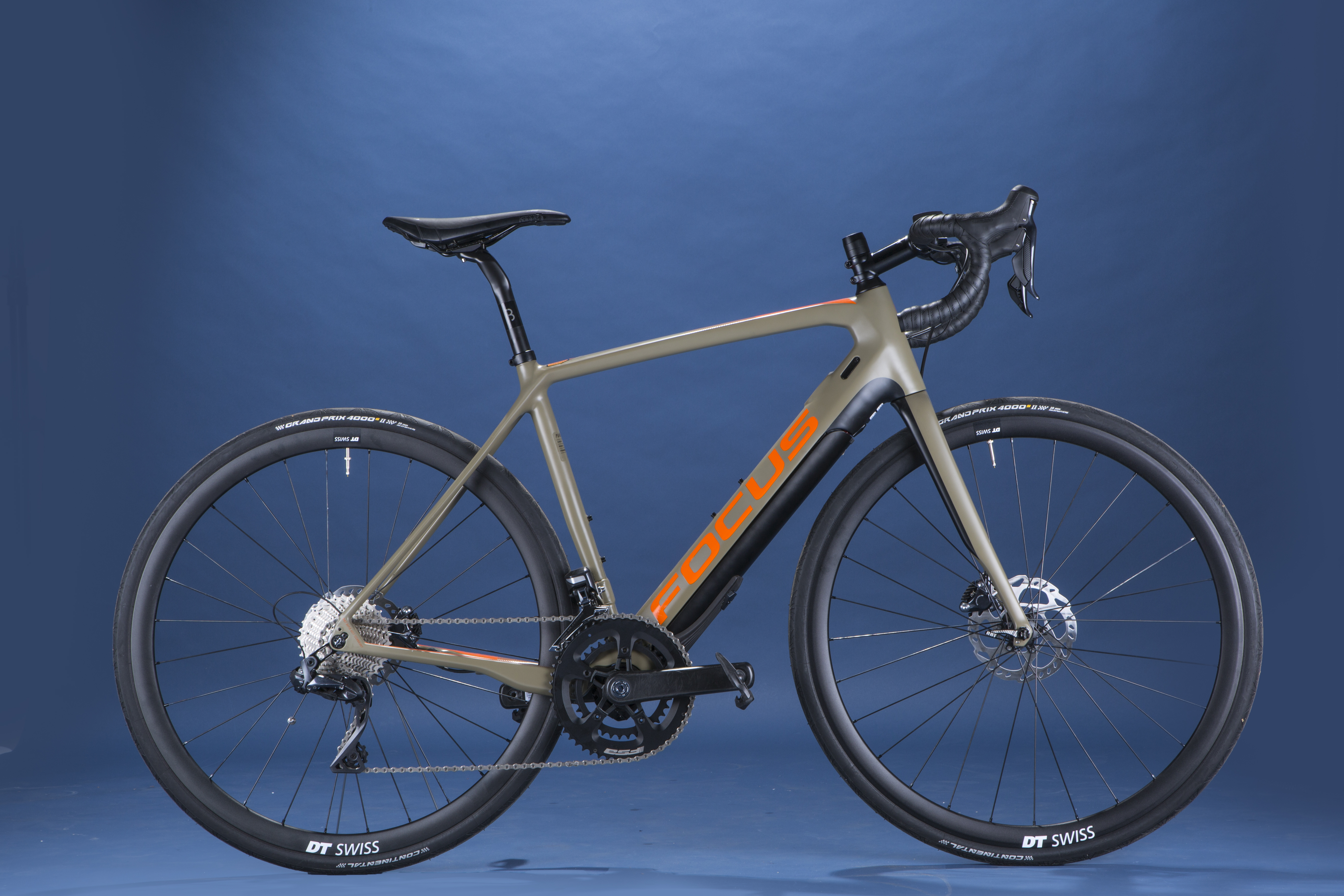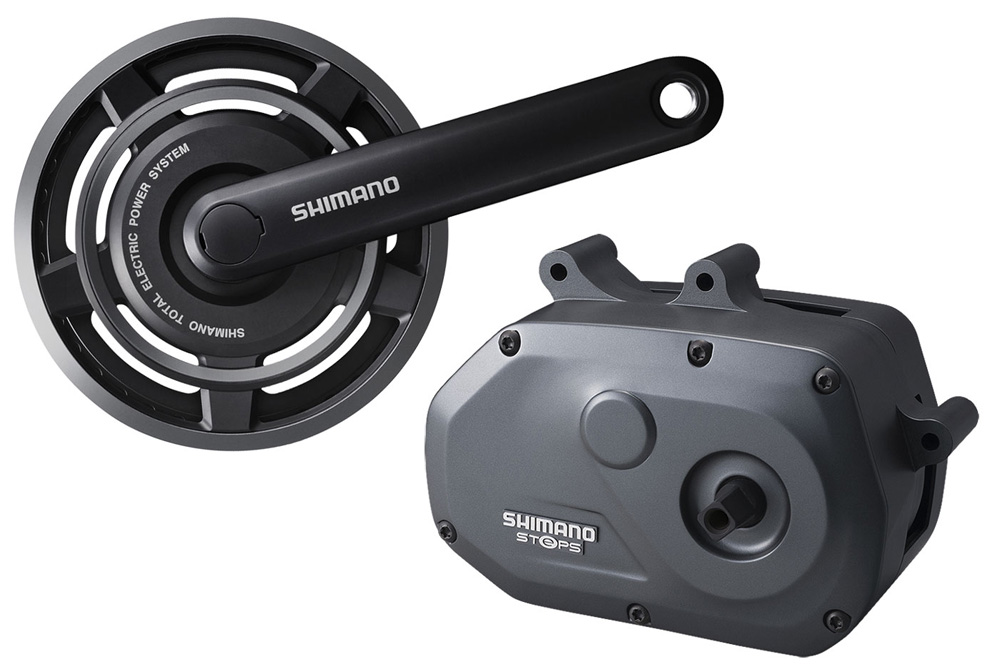Electric bikes and UK law: what you need to know
Do you need a licence to ride an electric bike? What's the maximum permissable power output for an ebike? Read on to find out more...

An electric bike (or 'e-bike') seems simple enough – it's just a bike with an electric motor, right?
Well, yes and no. That does define what one is, but if you're interested in riding one in the UK, you'll also want to know about the law, and when an electric bike becomes a motor vehicle.
UK ebike definitions and the law
The UK legislation was harmonised with EU law EN15194 in April 2015, and there have been no changes thus far following Brexit. For now it's pretty clear in defining what can – and what cannot – be called an ebike.
Your steed is an "electrically assisted pedal cycle" (or EAPC, or ebike, or Pedelec) if: the bike has pedals that propel it; the electric motor won't assist you when you’re travelling more than 25 km/h (15.5mph); and the power doesn't exceed 250 watts.
The cycles that meet these requirements (which affect two-wheeled bikes but also tandems and tricycles) can be ridden on any cycle paths and anywhere else that bikes are normally allowed.
In the UK you must be over 14 years old to ride an electric bike but you don’t need a licence, nor do you need to register it or pay vehicle tax.
You may find off-road bikes that can go faster than 15.5 mph by flicking a switch, but for UK law these are not compliant with EAPC regulations for on-road use.
The latest race content, interviews, features, reviews and expert buying guides, direct to your inbox!
- Best women's electric bikes
- Best budget e-bikes: electric bikes
- Best electric folding bikes
- Best electric bike conversion kits

What if my electric bike breaks the rules?
If your ebike doesn't meet these regulations – either because the motor is more powerful than 250W, or if it assists you when you’re riding more than 15.5 mph – it will need to be registered, insured and taxed as a motor vehicle. In this case, you will also need a driving licence, and you must wear a motorcycle helmet.
This other kind of bike (also called speed pedelecs) cannot be ridden on cycle paths and must be approved by the DVLA. So while it’s easy to de-restrict an ebike to get the motor assisting you with higher speeds, it is not very wise to do so, both for regulatory and safety reasons.
Another option to electrify your bike is one of the best electric bike conversion kits - again make sure that any kit you're considering meets the UK legal requirements before you go ahead and press the Buy Now button.
Watch: What's it like to ride an electric bike?
The throttle ‘dilemma’
Harmonisation with EU law has had an important effect on electric bikes with ‘twist and go’ throttles that can take the bike to full speed without any pedalling at all.
From January 1 2016, the only throttles legal within the UK’s EAPC legislation are those that assist the rider without pedalling up to a maximum speed of 6 km/h (3.7 mph) – i.e. starting assistance only.
If the rider is rolling – but not pedalling – faster than 6km/h, the throttle cuts off. If the cyclist pedals at the same time then the throttle can still assist up to the general limit of 15.5mph.
If you bought an ebike with a full-speed throttle before January 1 2016, don’t panic: those sold prior to this date are still considered as EAPC and do not require a registration or taxed. Practically, you could still buy one a ‘twist and go’ and not be fined, but it would have to have been produced or imported before January 1.
Different interpretations
There are now fewer ‘grey areas’ than there were when UK and EU laws were different, but we still found some differences of opinion among some people in the industry.
James Fitzgerald, founder of electric bike retailer Just eBike says that “according to EU and UK law there is a 10 per cent margin on the maximum speed allowed for the motors to assist the pedals. But nobody knows about that.” That means that the motor could assist the cyclist up to a 17.5mph speed, and not 15.5 mph.
On the other hand, the brothers Lyle and James Metcalfe – founders of London-based UK ebike brand Volt, said they "had never heard of" this margin for error.
Peter Eland, technical manager of the Bicycle Association, which represents cycle suppliers, manufacturers and associated companies, told us: "The 10 per cent margin was clear in the EU legislation, but it's questionable in the UK. Some motors cut off at the maximum speed allowed, some before that, but the majority do exceed the tolerance a little."
Nick Busca is a freelance cycling and triathlon journalist. He is also a certified triathlon coach and personal trainer.